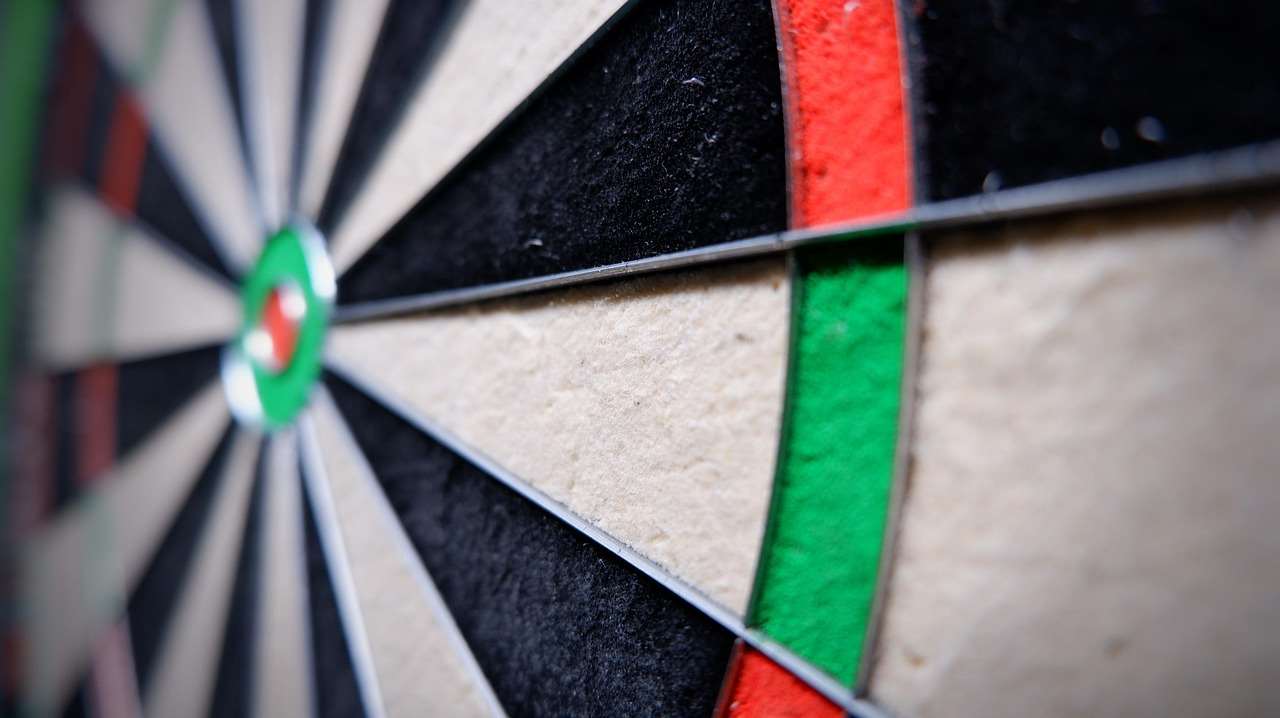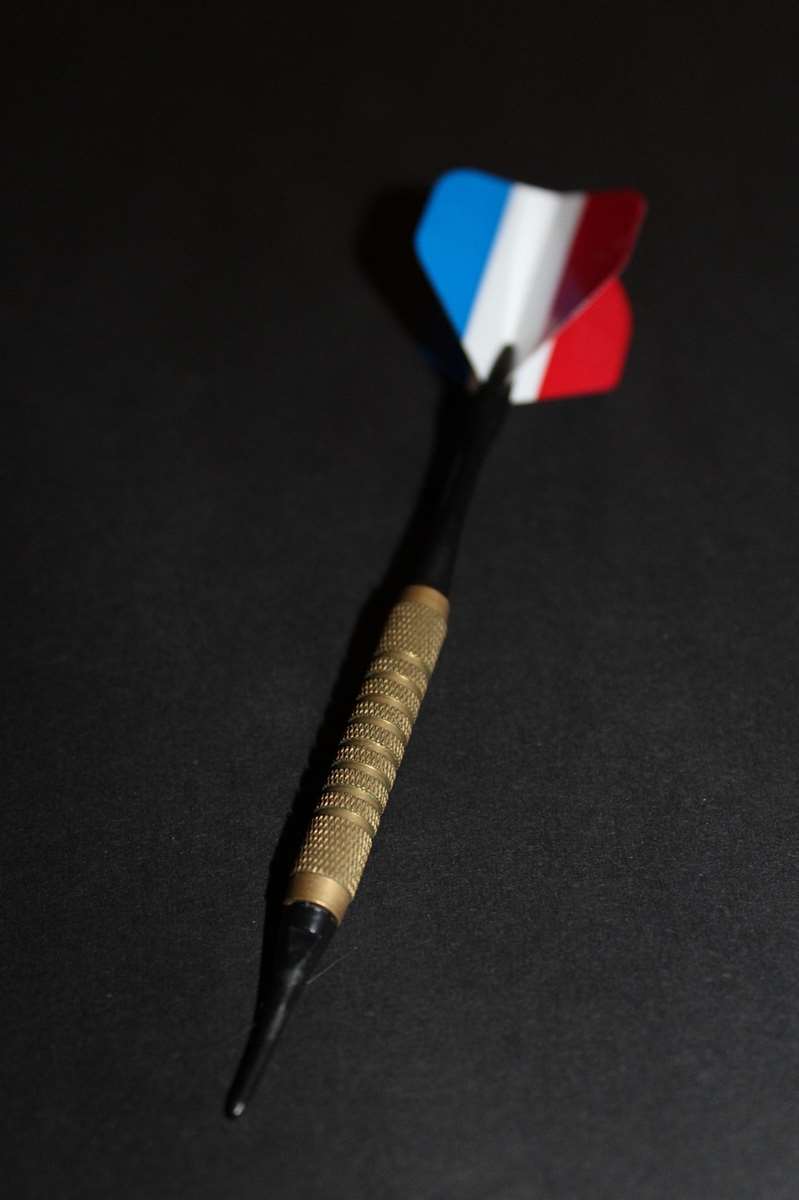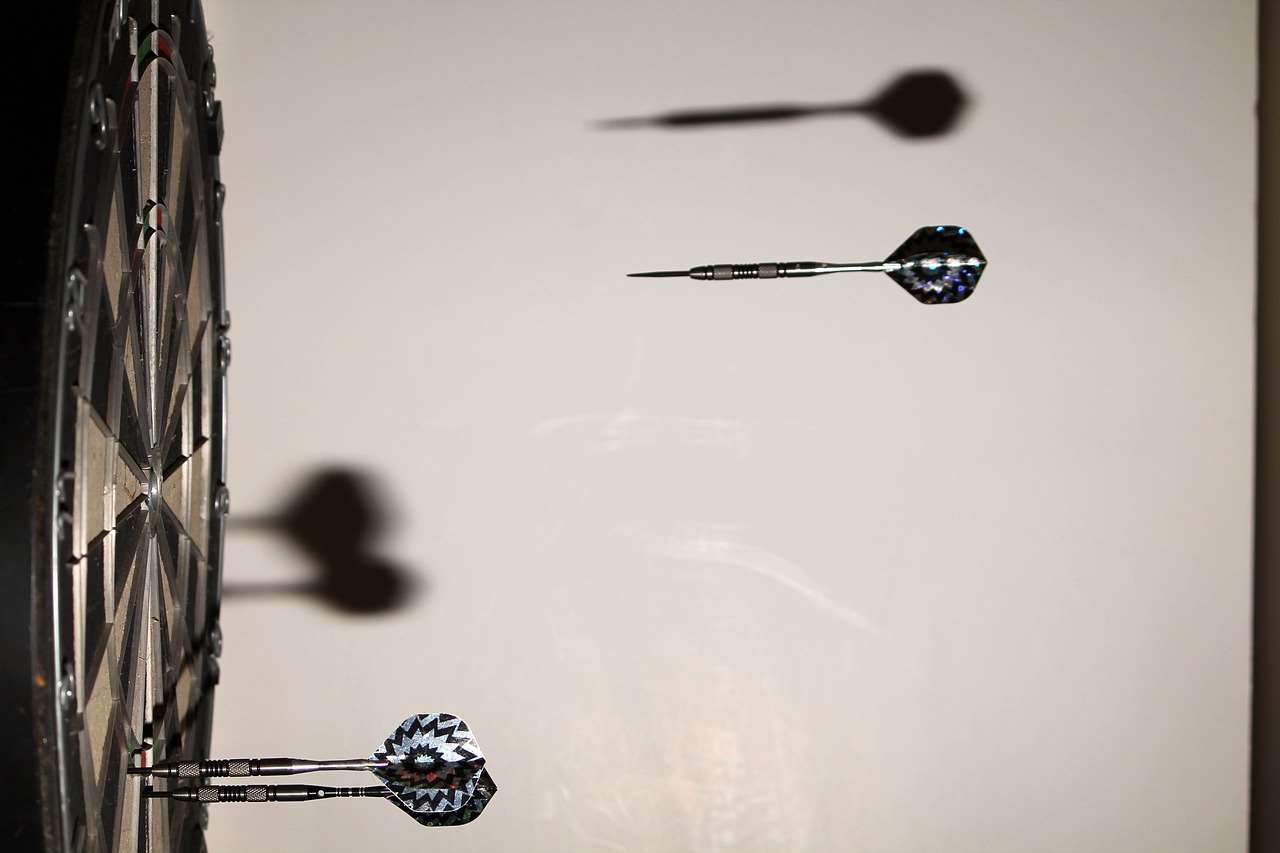Calculating required run rate darts involves determining the average score you need per dart, or per three darts, to finish a game of darts in a specific number of throws. This article provides a detailed guide on how to perform these calculations and explains the strategies behind efficient scoring, so you can learn more about Darts Variants Fun Games and improve your game.
⚠️ Still Using Pen & Paper (or a Chalkboard)?! ⚠️
Step into the future! The Dart Counter App handles all the scoring, suggests checkouts, and tracks your stats automatically. It's easier than you think!
Try the Smart Dart Counter App FREE!Ready for an upgrade? Click above!
Understanding the Basics of Run Rate in Darts
Before we dive into calculating required run rate darts, it’s essential to grasp the fundamental concepts of how darts scoring works. Most dart games, like 501 or 301, involve reducing your score to zero. The challenge lies in achieving this within a reasonable number of darts, and adhering to the double-out rule (finishing on a double). This is where the run rate comes in – it’s your average score per throw, dictating how quickly you’re reducing your remaining points.
A good run rate ensures you finish legs efficiently, putting pressure on your opponent and increasing your chances of winning. Improving your run rate comes down to consistent scoring and strategic aiming.

How to Calculate Your Run Rate in Darts
The core calculation for calculating required run rate darts is quite straightforward. It involves dividing the initial score by the number of darts you plan to use.
Simple Run Rate Formula
The most basic formula is:
Run Rate = Initial Score / Number of Darts
For example, if you’re playing 501 and aiming to finish in 15 darts, your required run rate would be:
Run Rate = 501 / 15 = 33.4
This means you need to average 33.4 points per dart to achieve your goal.
Calculating Per Three Darts (Average)
Since darts are thrown in sets of three, it’s often more useful to calculate your run rate per three darts:
Run Rate (Per 3 Darts) = Initial Score / (Number of Darts / 3)
Using the same 501 example with 15 darts:
Run Rate (Per 3 Darts) = 501 / (15 / 3) = 501 / 5 = 100.2
This means you need to average 100.2 points per three darts.
Adjusting for Double-Out
Remember that you must finish on a double. This means that the final dart must land on a double segment of the dartboard. To account for this, you need to leave yourself with a score that is achievable on a double. This often requires some strategic adjustments to your run rate calculation in the later stages of the game.
For instance, if you are aiming for a 15-dart finish in 501, you won’t simply aim for 33.4 points per dart throughout. You’ll need to set up a manageable double-out shot with your final three darts.

Strategic Implications of Your Run Rate
Calculating required run rate darts isn’t just about math; it’s about strategy. Understanding your required run rate informs your aiming decisions and helps you manage your game effectively.
Early Game Strategy
In the early stages of a 501 game, focus on consistently scoring high. Aim for the treble 20 (T20) as this is the highest single score you can achieve with one dart (60 points). If you’re not confident in hitting T20 consistently, aim for the single 20. Consistency is key here; it’s better to hit a single 20 repeatedly than to frequently miss the T20 altogether. Don’t forget the basics of the How play English Cricket darts game can also teach you focus.
Mid-Game Adjustments
As you reduce your score, start considering how to set up a double. If your opponent is lagging behind, you might play more defensively, focusing on accurate but lower scores to maintain your lead. If you’re behind, you might need to take more risks to catch up.
End Game Precision
The final few darts are crucial. You need to leave yourself with a score that is easily achievable on a double. Common double-out numbers include double 16 (32), double 20 (40), double 18 (36), and double 8 (16). Knowing these numbers and practicing your double-out shots is vital.
Consider leaving yourself with a setup number, allowing you to correct your aim if you miss the intended double on your first attempt. For example, if aiming for double 16 (32), and you hit a single 16 instead, you would be left with 16 – a double 8 opportunity.
Factors Affecting Your Actual Run Rate
While calculating required run rate darts provides a target, various factors can influence your actual run rate during a game.
- Nerves and Pressure: Competitive environments can significantly impact your performance.
- Dartboard Condition: A worn dartboard can affect the accuracy of your darts.
- Dart Condition: Damaged flights or bent points can affect your dart’s trajectory.
- Distractions: Noise or movement can throw off your concentration.
- Opponent’s Performance: A strong opponent can force you to take more risks.
Being aware of these factors can help you adjust your strategy and manage your game more effectively. The English Cricket darts strategy tips can help.
Practical Tips for Improving Your Run Rate
Improving your dart game and **calculating required run rate darts** involves more than just understanding the math. It requires consistent practice and strategic adjustments.
- Practice High Scores: Dedicate time to practicing your treble 20s and other high-scoring targets.
- Practice Double-Outs: Master your double shots. Aim for consistent accuracy on common double numbers.
- Analyze Your Games: Track your scores and identify areas for improvement. Where are you consistently losing points?
- Record Throws: Note the throws and track the English Cricket scoring system guide.
- Experiment with Different Darts: Find darts that suit your grip and throwing style.
- Maintain Your Equipment: Regularly check and maintain your darts and dartboard.
- Mental Preparation: Practice staying calm and focused under pressure. Visualize successful throws.
Advanced Run Rate Strategies
Once you’ve mastered the basics of calculating required run rate darts and have a solid foundation, you can explore more advanced strategies.
Handicapping
In some casual games, handicapping is used to even the playing field. This involves giving a weaker player a head start by reducing their initial score. For example, if a stronger player starts at 501, a weaker player might start at 401.
Strategic Targeting
Instead of always aiming for the T20, consider targeting other high-scoring areas like the T19 (57 points) if it feels more comfortable or if the T20 is blocked. Adapt your strategy to maximize your consistency.
Understanding Your Opponent
Pay attention to your opponent’s strengths and weaknesses. If they struggle with double-outs, apply pressure by consistently hitting high scores and forcing them to play catch-up. If they are strong scorers, focus on minimizing your mistakes and capitalizing on their errors.

Tools and Resources for Tracking Your Run Rate
Several tools and resources can help you track your run rate and analyze your dart game.
- Dart Scoring Apps: Many mobile apps are designed for tracking dart scores, calculating averages, and providing performance statistics.
- Spreadsheets: Create a spreadsheet to manually record your scores, calculate run rates, and track your progress over time.
- Online Dart Calculators: Utilize online calculators to quickly determine your required run rate for different scenarios.
Examples of Professional Run Rates
Professional dart players consistently achieve impressive run rates. While their averages can vary depending on the game and opponent, many professionals average over 90 points per three darts in 501 games. Some exceptional players can even maintain averages exceeding 100 points per three darts.
Studying the games of professional dart players can provide valuable insights into strategic aiming, double-out techniques, and overall game management.

Conclusion
Calculating required run rate darts is a crucial skill for any serious darts player. By understanding the fundamentals of run rate calculations, adjusting your strategy based on game conditions, and consistently practicing your scoring and double-out shots, you can significantly improve your performance. Remember that while calculations provide a target, adaptability and mental fortitude are equally important in achieving success on the oche. Now it is time to examine the Difference English American Cricket game. Focus on these tips, keep practicing, and watch your game reach new heights.
Hi, I’m Dieter, and I created Dartcounter (Dartcounterapp.com). My motivation wasn’t being a darts expert – quite the opposite! When I first started playing, I loved the game but found keeping accurate scores and tracking stats difficult and distracting.
I figured I couldn’t be the only one struggling with this. So, I decided to build a solution: an easy-to-use application that everyone, no matter their experience level, could use to manage scoring effortlessly.
My goal for Dartcounter was simple: let the app handle the numbers – the scoring, the averages, the stats, even checkout suggestions – so players could focus purely on their throw and enjoying the game. It began as a way to solve my own beginner’s problem, and I’m thrilled it has grown into a helpful tool for the wider darts community.